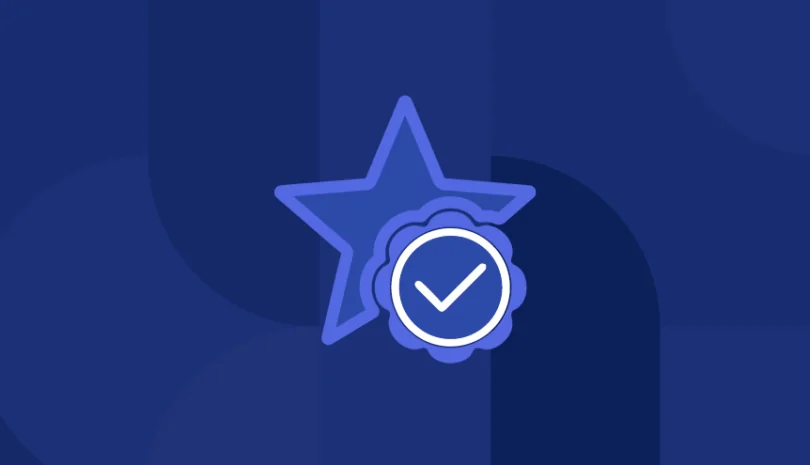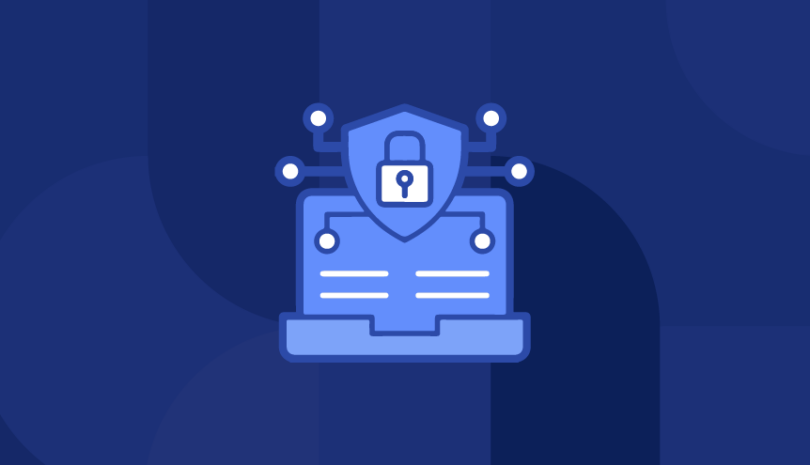The Cloud Security Alliance’s Consensus Assessment Initiative Questionnaire (CAIQ) is used by many organizations to assess their vendors’ cloud security controls.
The CAIQ (pronounced “cake”) presents various yes or no questions that measure a cloud provider’s compliance with the Cloud Controls Matrix (CCM), which is the CSA’s cybersecurity control framework and considered a de facto standard for cloud computing. Essentially, the CAIQ is a questionnaire version of the CCM. It acts as a tool for bi-directional mapping between the two according to the controls that they adhere to. The Consensus Assessment Initiative Questionnaire (CAIQ) provides an industry-accepted security standard for any cloud consumer to assess the security capabilities of their cloud service provider. It requires infrastructure as a service (IaaS), platform as a service (PaaS) or software as a service (SaaS) cloud services to document their security controls.
What is the Cloud Security Alliance?
Founded in 2008, the Cloud Security Alliance (CSA) defines standards, certifications and best practices to help ensure a secure cloud computing environment. It has over 80,000 members worldwide.
What is contained in the Cloud Controls Matrix (CCM)?
The CCM is made up of 133 control objectives structured across 16 domains that cover key aspects of cloud technology. They include:
- Application and Interface Security
- Audit Assurance and Compliance
- Business Continuity Management and Operations Resilience
- Change Control and Configuration Management
- Data Security and Information Lifecycle Management
- Datacenter Security
- Encryption and Key Management
- Governance and Risk Management
- Human Resources
- Identity and Access Management
- Infrastructure and Virtualization Security
- Interoperability and Portability
- Mobile Security
- Security Incident Management, E-Discovery and Cloud Forensics
- Supply Chain Management, Transparency and Accountability
- Threat and Vulnerability Management
The CAIQ’s questions are broken up according to these 16 domains.
The CAIQ as the First of Many Security Assessments
Since the CAIQ only provides yes or no answers to the cloud controls matrix, cloud consumers should continue to ask for more details about their cloud service provider’s control frameworks and what security controls exist in their cloud computing services.
A cloud service provider can also submit the CAIQ self-assessment to the cloud security assurance program of the Cloud Security Alliance (CSA), the Security, Trust, Assurance, and Risk (STAR) public registry. Publishing on the registry allows cloud customers to more easily and continuously monitor the cloud providers’ cybersecurity posture and adherence to industry-accepted security standards.
The STAR registry offers two levels of assurance provided by popular cloud computing offerings:
Level 1: Self-assessment
Cloud service providers in low-risk environments pursuing Level 1 STAR registry use the CAIQ to document compliance with CSA Cloud Controls Matrix (CCM). They also submit a GDPR self-assessment.
Level 2: Third-party audit
Cloud users in medium to high-risk environments and who already meet commonly accepted industry standards (e.g. SO27001, SOC 2, GB/T 22080-2008, or GDPR) may pursue the Level 2 STAR registry. Level 2 assessments demand a more rigorous check of the security posture of the entire cloud supply chain from cloud services.
Why Is the CAIQ Useful for Organizations?
As more and more organizations move their data to the cloud, they are understandably concerned about the tactics cloud providers implement with regard to risk management and data protection. This is because many security gaps can exist when third-party cloud and SaaS vendors are involved. For example, we continue to see many cloud computing attacks, as well as unfortunate instances of exposed data buckets resulting from misconfigured servers on the cloud.
These significant risks are why Moshe Ferber, chairman of the Israeli chapter of the Cloud Security Alliance, has said that the biggest challenge for organizations today is to understand how to evaluate their cloud providers.
The CAIQ addresses this challenge by assessing the various security practices of cloud providers while aiming to create commonly accepted industry standards to document security controls. In doing so, it offers a way for organizations to evaluate security guidance from potential cloud providers prior to entering a business agreement.
How Can a Panorays Customer Use the CAIQ?
Using Panorays, your organization can take advantage of a completely automated version of the CAIQ to assess your cloud providers. Doing so allows you to:
Eliminate manual questionnaires. No more endless emails and phone calls. All interaction takes place on the platform, saving you time and effort.
Add business context to CAIQ. Your providers receive only the questions that are relevant to their particular business relationship.
Continuously monitor the provider’s attack surface. The combination of CAIQ together with uncovering security gaps provides you with a full view of your provider’s risk.
FAQs
A Consensus Assessment Initiative Questionnaire (CAIQ) is a survey provided by the Cloud Security Alliance (CSA) to help document the security controls of a cloud service provider. It delivers transparency into the tactics cloud providers implement with regard to risk management and data security.
The purpose of CAIQ is to deliver a set of commonly accepted industry standards to cloud users. This provides greater security control transparency and gives them a better understanding of the security capabilities of the cloud service provider.
The Cloud Controls Matrix (CCM) is a cloud security controls framework. The CAIQ is a set of yes or no questions based on the security controls in the CCM. They are both downloadable from the Cloud Security Alliance (CSA).
This post was originally published on May 12, 2020 and has been updated to include fresh content.



